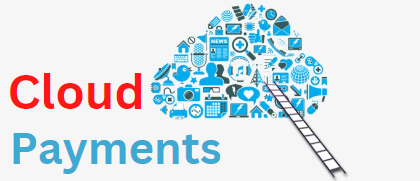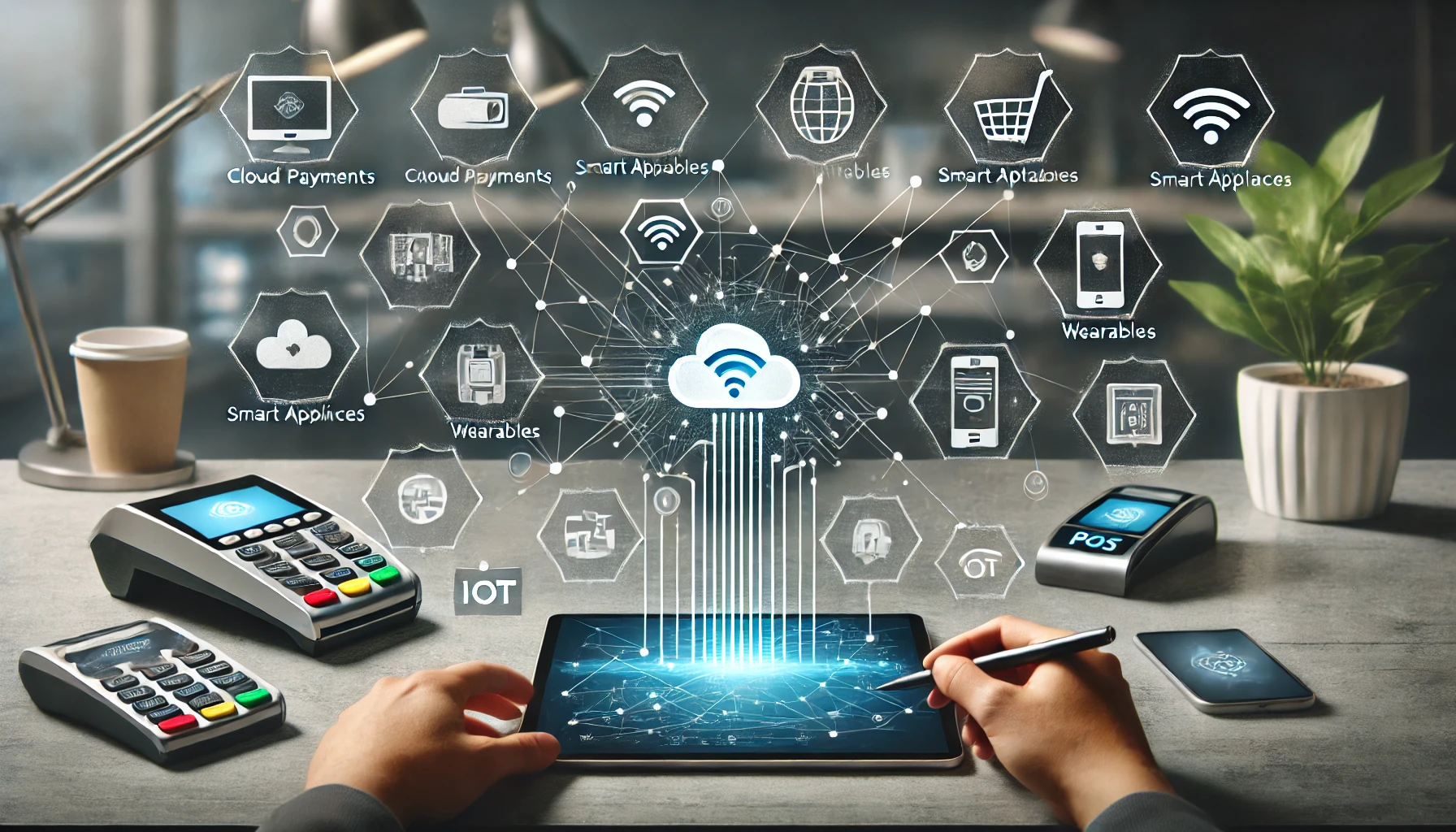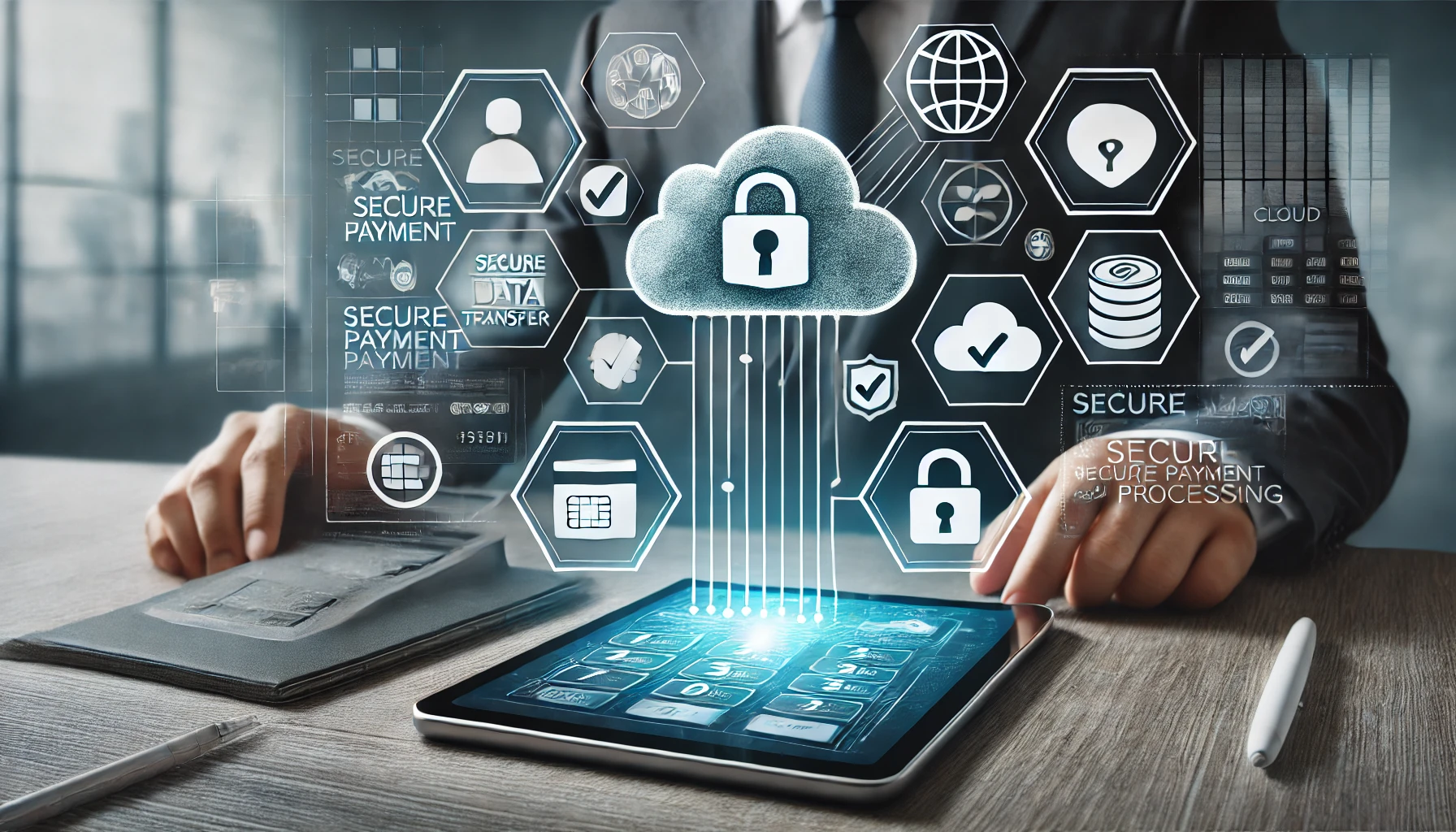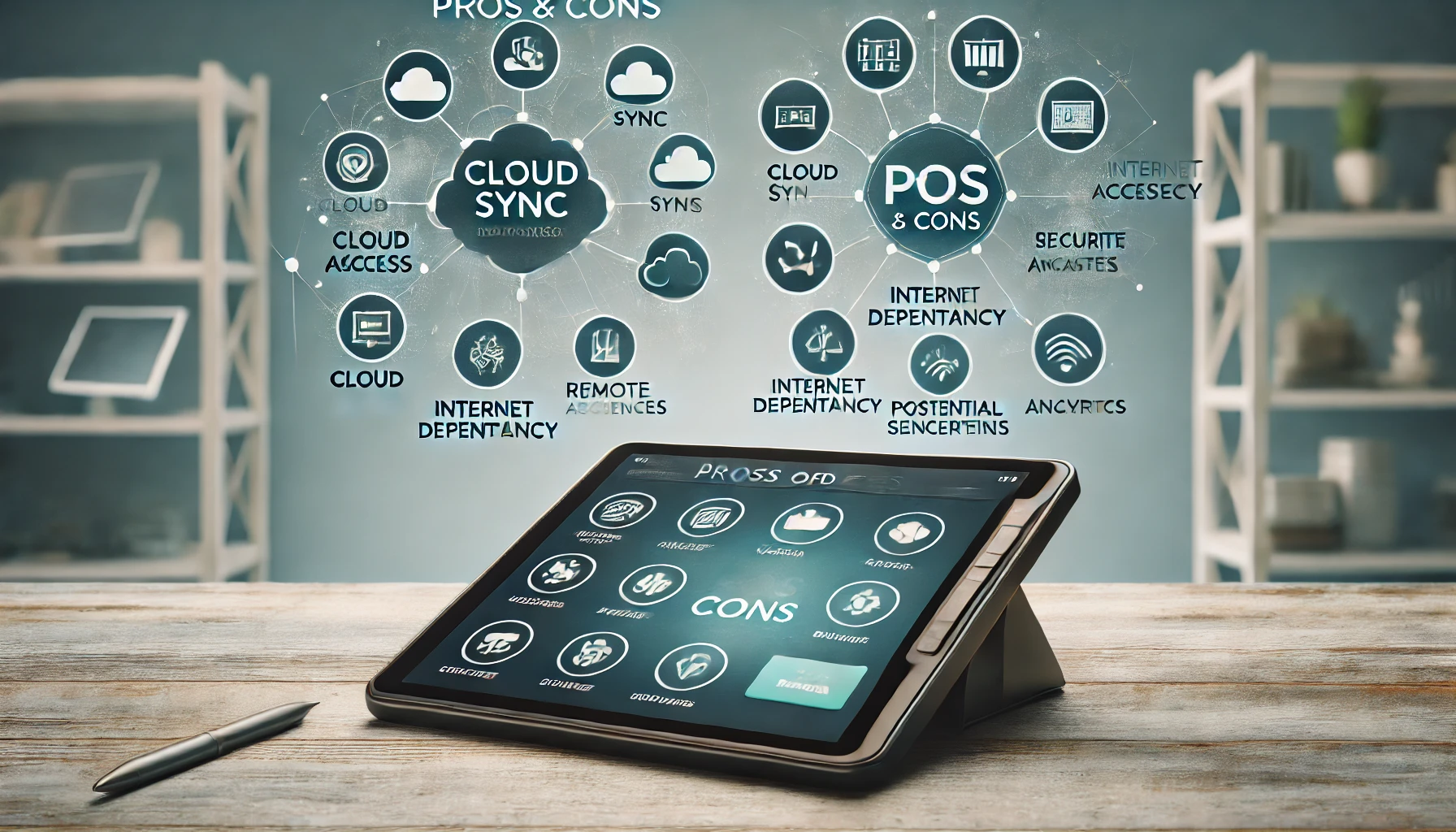Security Measures for Cloud Payment Systems: A Detailed Guide
In today’s digital age, cloud payment systems have become an integral part of our daily lives. From online shopping to mobile banking, these systems provide convenience and efficiency for both businesses and consumers. However, with the increasing reliance on cloud payment systems, the need for robust security measures has become paramount. This article aims to provide a comprehensive guide to understanding and implementing security measures for cloud payment systems.
The Basics of Cloud Payment Systems: How They Work and Why They Are Vulnerable
Cloud payment systems, also known as electronic payment systems, enable users to make transactions electronically without the need for physical cash or traditional payment methods. These systems rely on cloud computing technology, which allows for the storage and processing of data on remote servers. This enables users to access their payment information from any device with an internet connection.
While cloud payment systems offer numerous benefits, such as convenience and accessibility, they also come with inherent vulnerabilities. One of the primary reasons for their vulnerability is the vast amount of sensitive data they handle, including credit card information, personal details, and transaction history. This makes them an attractive target for cybercriminals who seek to exploit these vulnerabilities for financial gain.
Common Security Threats in Cloud Payment Systems: Identifying the Risks
To effectively protect cloud payment systems, it is crucial to understand the common security threats they face. One of the most prevalent threats is data breaches, where unauthorized individuals gain access to sensitive information. These breaches can occur due to various factors, including weak passwords, phishing attacks, or vulnerabilities in the system’s infrastructure.
Another significant threat is malware and ransomware attacks. Malware refers to malicious software that can infect a system and compromise its security. Ransomware, on the other hand, encrypts a user’s data and demands a ransom for its release. These attacks can lead to significant financial losses and reputational damage for both businesses and consumers.
Implementing Strong Authentication Measures: Protecting User Credentials
One of the fundamental security measures for cloud payment systems is implementing strong authentication measures. Authentication is the process of verifying the identity of a user before granting access to sensitive information. Weak authentication methods, such as simple passwords or single-factor authentication, can easily be compromised by cybercriminals.
To enhance security, cloud payment systems should adopt multi-factor authentication (MFA). MFA requires users to provide multiple pieces of evidence to prove their identity, such as a password, a fingerprint scan, or a one-time password sent to their mobile device. This significantly reduces the risk of unauthorized access and strengthens the overall security of the system.
Encryption Techniques for Securing Data in Cloud Payment Systems
Encryption plays a vital role in securing data in cloud payment systems. Encryption is the process of converting data into a format that can only be read by authorized individuals. This ensures that even if the data is intercepted, it remains unreadable and useless to unauthorized parties.
There are two primary types of encryption used in cloud payment systems: symmetric encryption and asymmetric encryption. Symmetric encryption uses a single key to both encrypt and decrypt data, while asymmetric encryption uses a pair of keys, a public key for encryption and a private key for decryption. Implementing strong encryption algorithms and regularly updating encryption keys are essential for maintaining the security of cloud payment systems.
Secure Network Infrastructure: Building a Robust Defense System
A secure network infrastructure is crucial for protecting cloud payment systems from external threats. This involves implementing various security measures, such as firewalls, intrusion prevention systems (IPS), and virtual private networks (VPNs).
Firewalls act as a barrier between the internal network and external networks, monitoring and controlling incoming and outgoing traffic. IPS systems detect and prevent unauthorized access attempts and malicious activities within the network. VPNs create a secure connection between the user’s device and the cloud payment system, encrypting all data transmitted between them.
Monitoring and Intrusion Detection: Identifying and Responding to Security Breaches
Monitoring and intrusion detection systems are essential components of a comprehensive security strategy for cloud payment systems. These systems continuously monitor network traffic, user activities, and system logs to identify any suspicious or malicious behavior.
Intrusion detection systems (IDS) analyze network traffic patterns and compare them against known attack signatures to detect potential threats. They can also detect anomalies in user behavior, such as multiple failed login attempts or unusual transaction patterns. By promptly identifying security breaches, organizations can take immediate action to mitigate the impact and prevent further damage.
Compliance and Regulatory Considerations for Cloud Payment Systems
Compliance with industry regulations and standards is crucial for cloud payment systems. Organizations must adhere to various regulations, such as the Payment Card Industry Data Security Standard (PCI DSS), which sets requirements for handling and storing credit card information.
To ensure compliance, organizations should regularly assess their security controls, conduct vulnerability scans and penetration tests, and maintain proper documentation of security policies and procedures. Failure to comply with these regulations can result in severe penalties, financial losses, and reputational damage.
Best Practices for Securing Cloud Payment Systems: Tips and Recommendations
To enhance the security of cloud payment systems, organizations should follow best practices and implement robust security measures. Some key recommendations include:
1. Regularly update and patch software and systems to address known vulnerabilities.
2. Conduct regular security awareness training for employees to educate them about potential threats and best practices.
3. Implement a secure backup and disaster recovery plan to ensure business continuity in the event of a security breach.
4. Use secure coding practices to develop and maintain secure applications.
5. Regularly monitor and audit system logs to detect and respond to security incidents promptly.
Frequently Asked Questions (FAQs) about Security Measures for Cloud Payment Systems
Q.1: Are cloud payment systems secure?
Answer: Cloud payment systems can be secure if proper security measures are implemented, such as strong authentication, encryption, and secure network infrastructure.
Q.2: What is multi-factor authentication?
Answer: Multi-factor authentication (MFA) is a security measure that requires users to provide multiple pieces of evidence to prove their identity, reducing the risk of unauthorized access.
Q.3: How does encryption protect data in cloud payment systems?
Answer: Encryption converts data into a format that can only be read by authorized individuals, ensuring that even if the data is intercepted, it remains unreadable and useless to unauthorized parties.
Q.4: What are some best practices for securing cloud payment systems?
Answer: Best practices include regularly updating software, conducting security awareness training, implementing backup and disaster recovery plans, using secure coding practices, and monitoring system logs.
Conclusion
Securing cloud payment systems is of utmost importance in today’s digital landscape. By understanding the vulnerabilities and implementing robust security measures, organizations can protect sensitive data, prevent financial losses, and maintain the trust of their customers. From strong authentication measures to encryption techniques and secure network infrastructure, every aspect of security must be carefully considered and implemented. By following best practices and staying compliant with industry regulations, organizations can ensure the integrity and security of their cloud payment systems.











